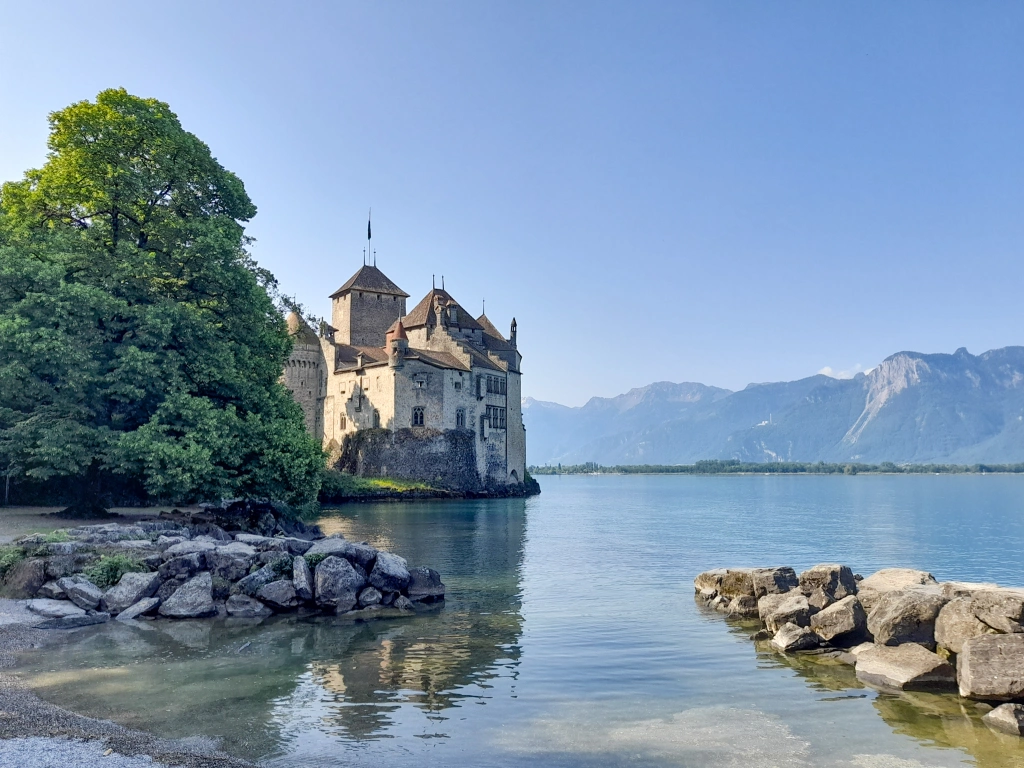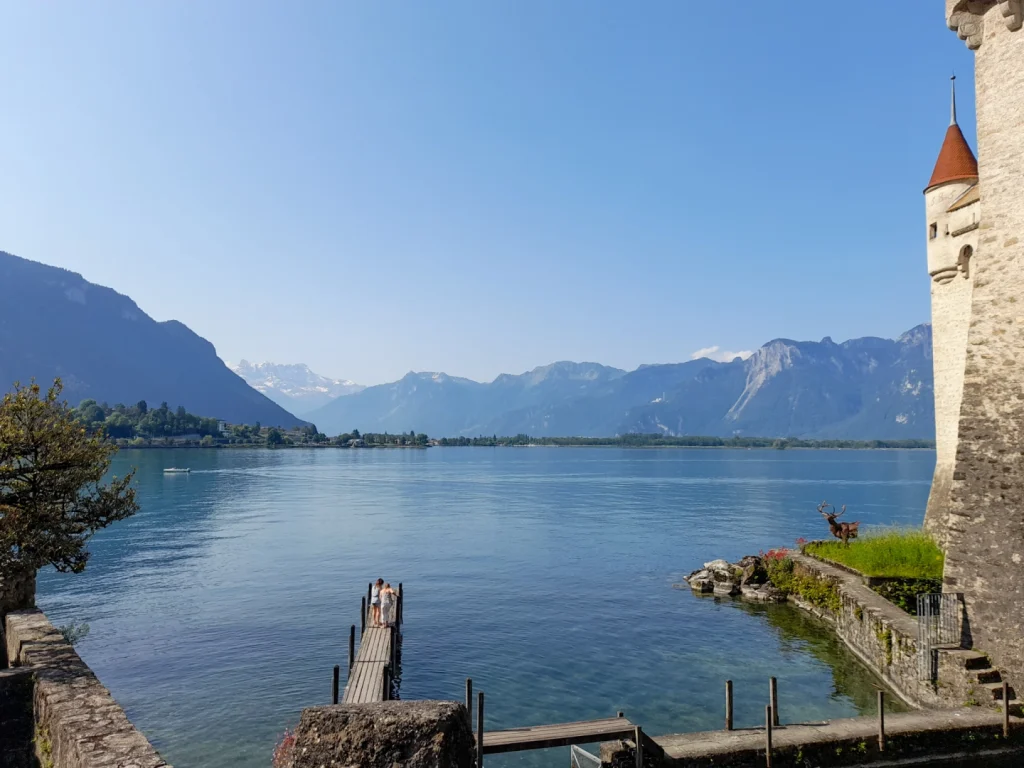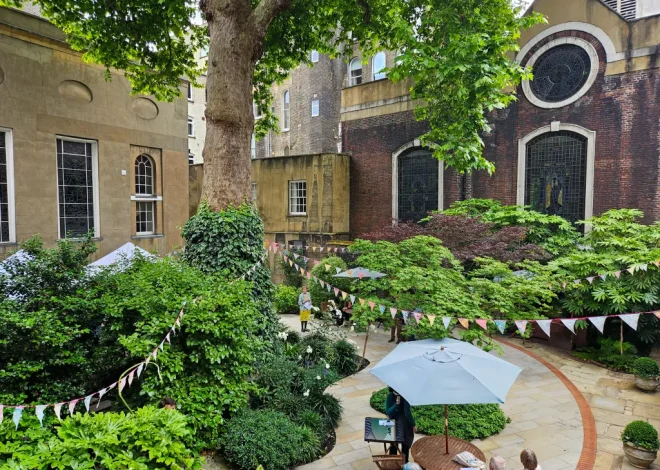
How to visit Château Chillon, Switzerland’s most beautiful castle
Château Chillon took my breath away with its beauty. Without a doubt in my top five castles of all time, this gorgeous place nestled in to the shoreline of Lake Geneva is something special. It’s the most visited castle in all of Switzerland and it’s so easy to see why, with it’s epic location, beautiful views and ancient architecture. If you’re visiting Switzerland, I really encourage you to add this to your list, you won’t regret it!
How to get to Château Chillon
Getting to Chillon is easy as it’s close to two train stations. The closest is Veytaux Chillon, where direct trains from Lausanne and Montreux arrive. From Lausanne it takes around 30 minutes and from Montreux around 10 minutes.

If you’re a little further away, you can get the train in to Montreux. It is 1hr from Geneva or 1hr30 from Bern to Montreux. To come from Zurich would take over 2 hours so I don’t recommend doing it as a day trip from there unless you are willing to spend half your day on a train.
From Montreux you can either change to Veytaux Chillon, or walk to the castle along the lakeside, taking about 35 mintues. If you get off at Veytaux Chillon it’s a 5 minute walk to the castle.
History of the castle
Chillon is located like no other castle I’ve visited, right on a rock jutting out in to Lake Geneva, like a magical fairytale castle. It began life as a Roman outpost due to its strategic position on a road through the Alpine passes.
The oldest parts of the castle date back to around 1005, and by 1150 records show the castle was owned by the Count of Savoy, for whom it became a summer home as he kept his fleet of ships on Lake Geneva. The House of Savoy was a French dynasty, effectively meaning Chillon was under French (albeit France wasn’t a country at the time) control.

During the 1500s, the Dukes of Savoy used the castle to house prisoners from the Wars of Religion (the conflict between Catholics and Protestants I have previously mentioned in my Switzerland posts). The most famous prisoner was Francois de Bonivard, a monk whose chain and rut are still visible today in the prison. He was made famous by the Poet Lord Byron, who wrote a poem called The Prisoner of Chillon based on Bonivard.
In 1536, the castle was captured by the armies of Geneva and Bern and all prisoners were released. The castle therefore came under Swiss (again, it wasn’t Switzerland at the time) control, albeit in 1798 the French speaking Swiss Canton of Vaud drove out the German speaking Bernese authorities. So, it sorts of ended up a mish mash of Swiss and French anyway, which feels right.
As an aside, I still find it crazy that today Switzerland as a country has 3 national languages – German, French and Italian. It’s made up of 22 Cantons (like US states, or UK counties) and each has a main language. Whilst the majority of Cantons have German as their official language, a few (including Geneva and Vaud, where Chillon is situated) have French and one (Ticino) has Italian. Roughly 60% of Swiss people speak German as a first language, 20% French, 10% Italian and 10% other.

I speak fluent German but only basic French. I was surprised that I was actually able to get around more easily in the French speaking Cantons with English than I was German! I wonder how the national sports teams etc communicate, it’s such a unique situation.
Cost and other useful visitor information
Visiting the castle is free if you have the Swiss Travel Pass. If you don’t, entry is 13.50CHF. You can book tickets online up to 3 months in advance, but can also purchase on the door.

Guided tours are also an option, and they are available in French, English, German, Spanish, Portuguese, Italian, Russian, Japanese and Chinese (Cantonese or Mandarin), but must be booked at least two days in advance. You can also hire an Audio Guide for 6CHF, or just read the 42 boards as you follow the route round (as we did) for free.
Opening times are dependent on the time of year, though the only days the castle is closed completely are Christmas and New Year’s Day:
- November to March: 10 am to 5 pm (last admission at 4 pm)
- April, May, September & October: 9 am to 6 pm (last admission at 5 pm)
- June to August: 9 am to 7 pm (last admission at 6 pm)



